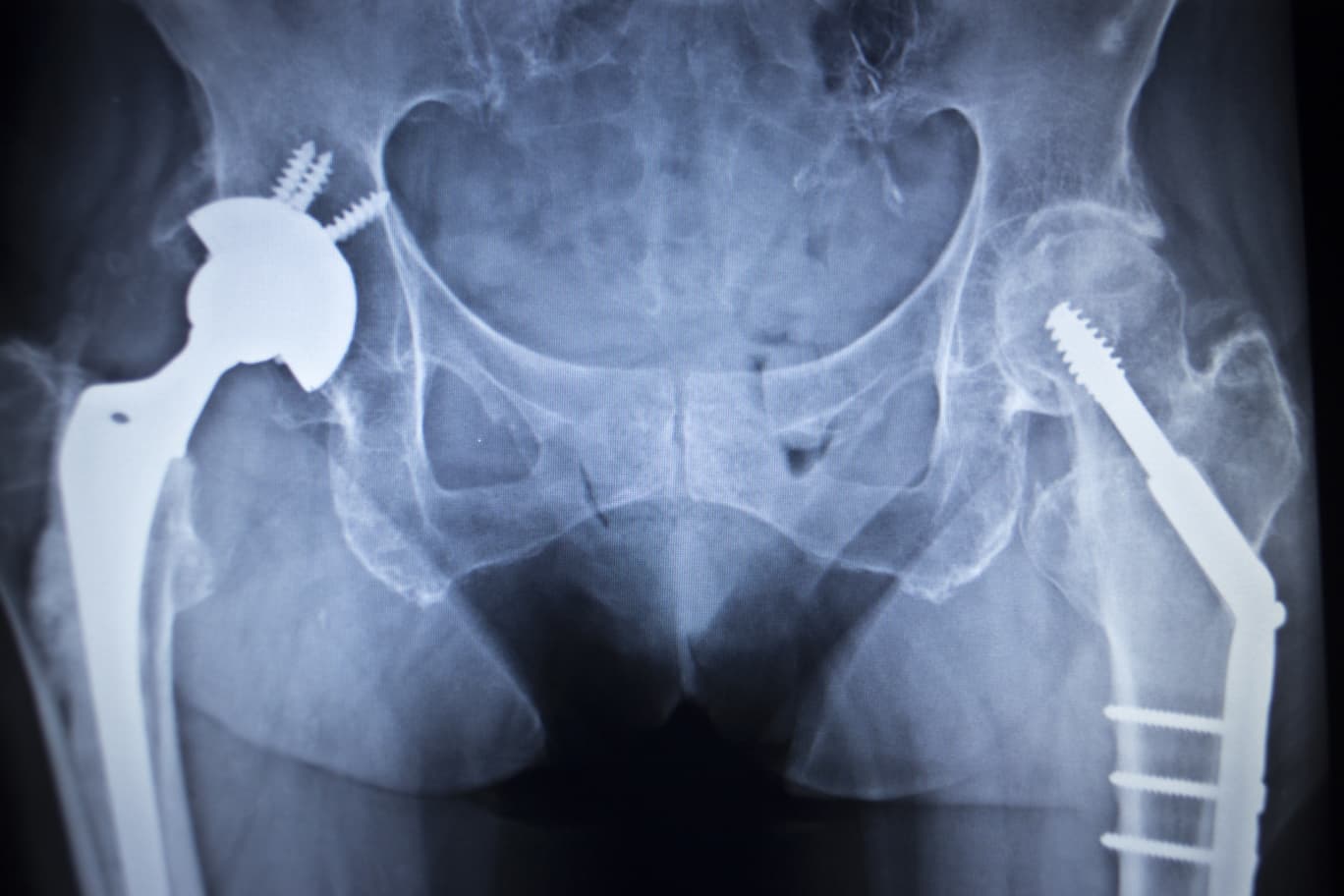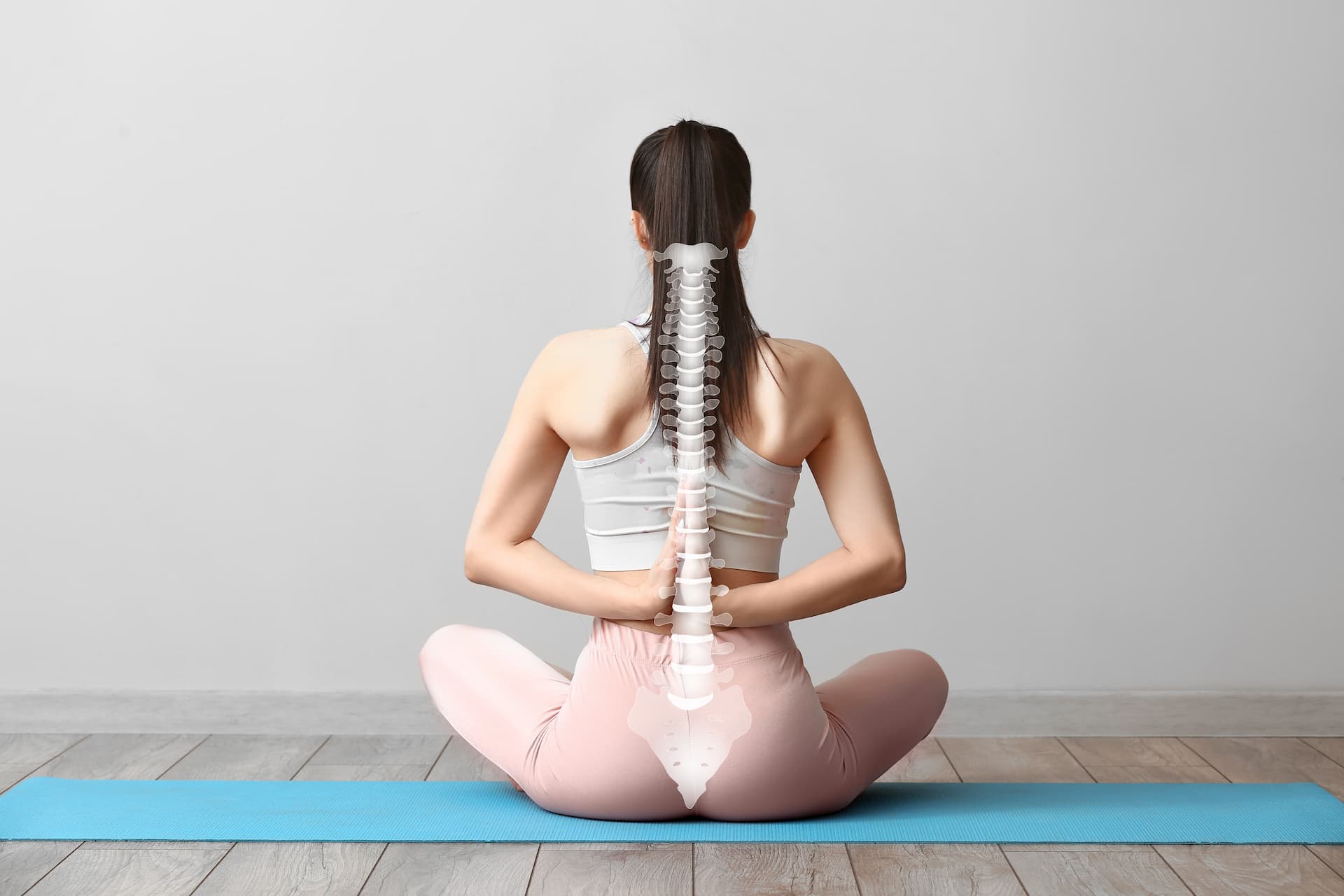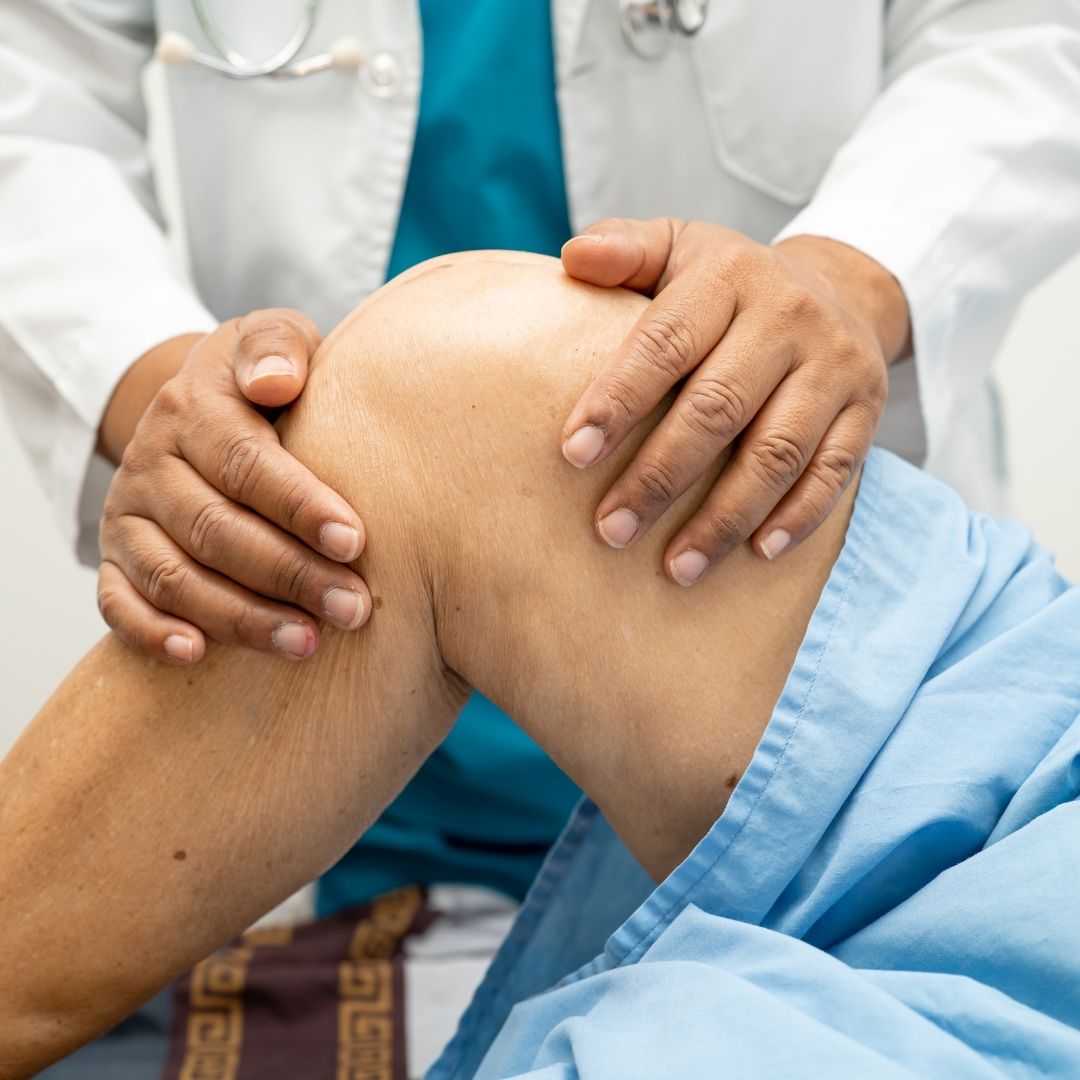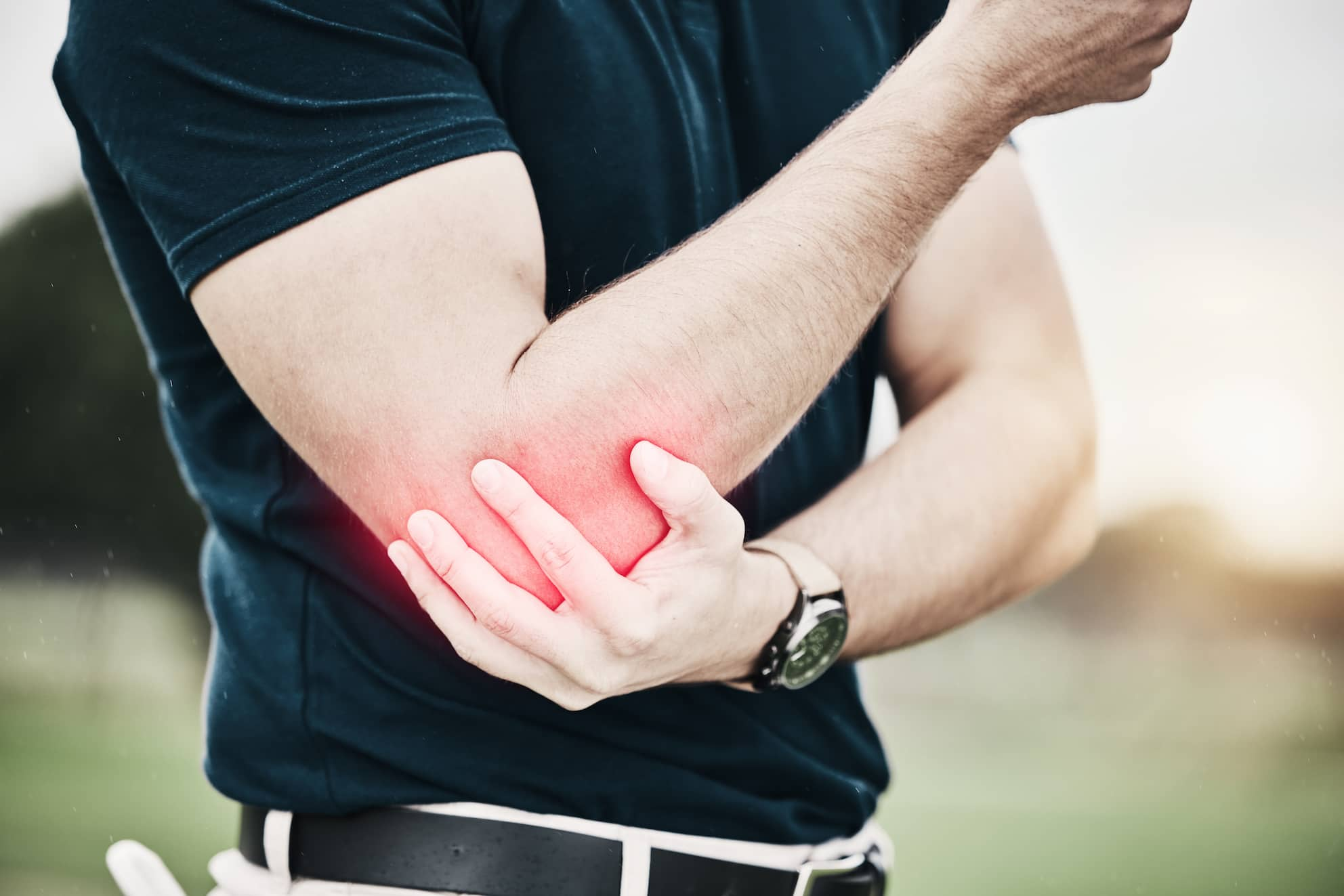
Golfers Elbow Pain
Golfer’s elbow pain is a common condition that affects the tendons and muscles in the forearm that attach to the bony bump on the inside of the elbow. This condition is typically caused by repetitive motions, such as those involved in golf swings or other activities that require gripping or twisting motions of the wrist and forearm.
The symptoms of golfer’s elbow include pain and tenderness on the inside of the elbow that may radiate down the forearm, as well as stiffness, weakness, or numbness in the affected arm. Symptoms may worsen with activities that require gripping or twisting, or with repetitive motions of the wrist and forearm. Understanding the causes and symptoms of golfer’s elbow pain can help you take steps to prevent it from occurring or worsening and seek proper treatment if necessary.
What Is Golfer’s Elbow Pain?
Golfer’s elbow pain is a common condition that affects the tendons and muscles in the forearm that attach to the bony bump on the inside of the elbow. Also known as medial epicondylitis, this condition is typically caused by repetitive motions, such as those involved in golf swings or other activities that require gripping or twisting motions of the wrist and forearm.
The pain associated with golfer’s elbow is usually felt on the inside of the elbow and may radiate down the forearm. It is often described as a dull ache or throbbing sensation that may be accompanied by stiffness, weakness, or numbness in the affected arm. Symptoms may worsen with activities that require gripping or twisting, or with repetitive motions of the wrist and forearm.
Golfer’s elbow pain is typically caused by repetitive stress or overuse of the tendons and muscles in the forearm. However, it may also be caused by a sudden injury or trauma to the elbow, such as a fall or direct blow to the area. Certain factors may increase your risk of developing golfer’s elbow, such as age, poor conditioning, improper technique during sports or other activities, or working in jobs that require repetitive motions of the wrist and forearm.
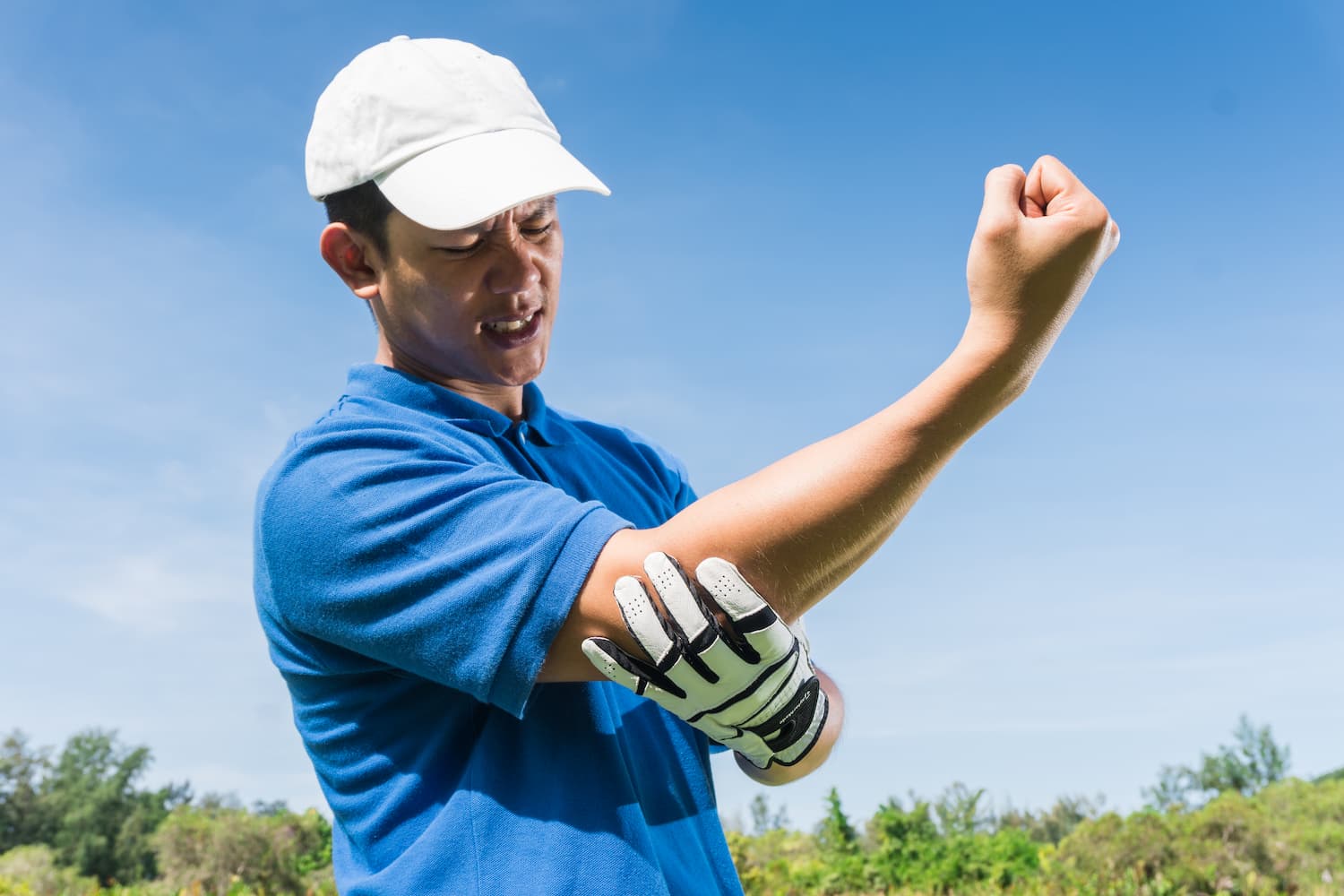
Golfer’s Elbow Symptoms
The most common symptom of golfer’s elbow pain is pain and tenderness on the inside of the elbow. The pain may also extend to the forearm and wrist. Other symptoms include:
Stiffness in the elbow
Weakness in the forearm
Numbness or tingling in the fingers
Difficulty gripping or holding objects
Pain that worsens with certain activities, such as golfing, throwing, or lifting weights
If you experience any of these symptoms, it is important to seek medical attention as soon as possible to prevent the condition from worsening.
Causes of Golfers Elbow Pain
Golfers elbow pain is caused by repetitive stress or overuse of the forearm muscles and tendons. This can be due to activities such as golfing, tennis, baseball, or any other activity that involves repeated twisting or bending of the wrist. It can also be caused by poor technique or equipment that is not properly fitted. Other risk factors include:
Age: As we age, our tendons become less flexible and more prone to injury.
Health conditions: Certain health conditions such as diabetes and rheumatoid arthritis can increase the risk of golfer’s elbow.
Genetics: Some people may be genetically predisposed to developing tendinitis.
Occupation: People who engage in manual labor or jobs that require repetitive motions are at a higher risk of developing tendinitis.
Fastest Ways to Cure Golfers Elbow
The fastest way to cure golfers elbow pain is to rest the affected arm and avoid any activities that may aggravate the condition. This will help reduce inflammation and allow the tendons to heal. In addition to rest, there are several other treatments that can help relieve pain and promote healing, including:
Ice and Heat Therapy: Applying ice to the affected area can help reduce inflammation and numb the pain. Heat therapy can also be effective in promoting blood flow and accelerating the healing process.
Physical Therapy: A physical therapist can help you perform exercises that will help strengthen the muscles and tendons in your arm and wrist. This can help reduce the risk of future injuries and improve your overall range of motion.
Medications: Over-the-counter pain relievers such as ibuprofen and acetaminophen can help relieve pain and reduce inflammation. In more severe cases, your doctor may prescribe stronger medications or corticosteroid injections.
Surgery: In rare cases, surgery may be necessary to repair or remove damaged tendons.
How Long Does it Take for Golfers Elbow to Heal?
The healing time for golfer’s elbow can vary depending on the severity of the condition and the course of treatment. In general, mild cases of golfer’s elbow may heal within a few weeks with rest, ice, and over-the-counter pain medications. More severe cases, however, may require a longer period of rest and a combination of medical treatments.
If left untreated, golfer’s elbow can become chronic and may take several months or even years to heal. This is why it’s important to seek medical attention if you experience persistent pain or discomfort in your elbow or forearm. Your doctor may recommend a combination of rest, physical therapy, or other medical treatments to help alleviate symptoms and promote healing. By following your doctor’s recommended treatment plan and taking steps to prevent further injury, you can reduce your healing time and improve your overall prognosis.
The Study of Golfers Elbow Pain
A comprehensive study published in the Journal of Sports Science & Medicine in 2019 analyzed the effectiveness of different treatments for golfers elbow, including rest, physical therapy, and medications. The study found that a combination of rest, ice therapy, and specific physical therapy exercises significantly improved pain relief and function in individuals with golfers elbow. Moreover, the study highlighted that early medical intervention led to quicker recovery times and reduced the risk of chronic or long-term symptoms. These findings underscore the importance of timely and appropriate treatment for golfers elbow, supporting the advice provided in this article.
Preventing Golfers Elbow
Preventing golfers elbow involves taking steps to reduce the risk of developing tendinitis. This includes:
Warming up before engaging in any activities that involve repetitive arm and wrist motions
Using proper technique when engaging in activities that require repetitive motions
Using equipment that is properly fitted and designed for the activity
Taking frequent breaks and avoiding overuse of the muscles and tendons in the forearm
Finally, maintaining good posture and ergonomics when engaging in manual labor or other activities that require repetitive motions.
Healthy Türkiye Notes
Golfers elbow pain can be a debilitating condition that can affect your ability to perform daily activities and enjoy your favorite sports. By understanding the causes and symptoms of this condition, you can take steps to prevent it from occurring or worsening. If you do develop golfer’s elbow, rest and a combination of home remedies and medical treatment can help alleviate symptoms and promote healing. Remember to always consult with your specialist at Healthy Türkiye if you experience any pain or discomfort in your elbow or forearm.
